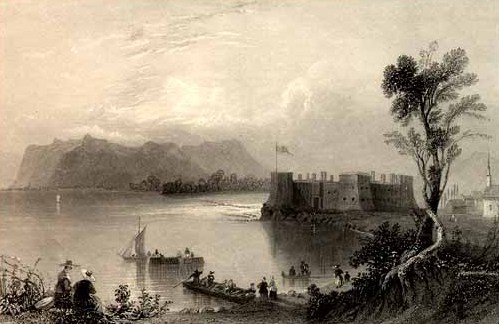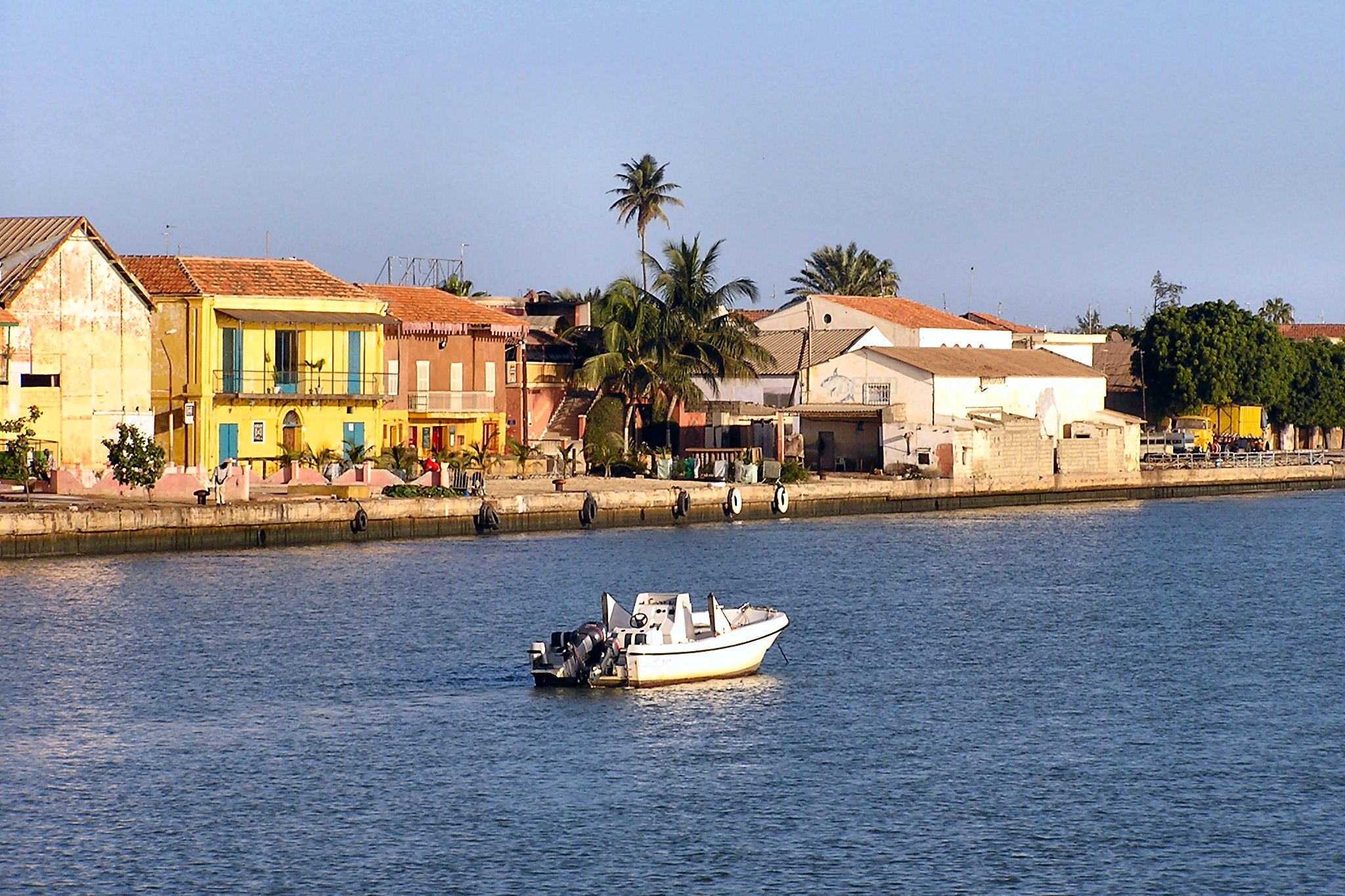|
Fort St. Louis (other)
Fort St. Louis or Fort Saint Louis may refer to: __NOTOC__ Canada * Fort Saint Louis (Newfoundland), Placentia, Newfoundland * Fort Saint Louis, a fort in what is now Moose Factory, Ontario * Fort St. Louis (Shelburne County, Nova Scotia) * Fort St. Louis (Guysborough County, Nova Scotia) * Fort St. Louis, former name of Fort Chambly, Chambly, Quebec * Fort St. Louis, alternate name of Fort de la Corne in Saskatchewan. United States * Fort Saint Louis (Illinois), a French fort built by La Salle in 1683 and later known as Starved Rock * ''Fort Saint Louis'', a French colony from 1685 until 1688 near what is now Inez, Texas Elsewhere * Fort Saint Louis (Martinique), a 17th-century French fortress in Fort-de-France, Martinique * Saint-Louis, Senegal, the French colonial capital in Senegal * Castle of San Luis de Bocachica The Castle of San Luis de Bocachica, also called Fort St. Louis, was a military fortress that defended Cartagena, Colombia. The Spanish built it in the 17t ... [...More Info...] [...Related Items...] OR: [Wikipedia] [Google] [Baidu] |
Fort Saint Louis (Newfoundland)
Fort Saint Louis was a French fort built in the 17th century on Newfoundland at the time of the New France. The construction began in 1690 for a new French fort on Newfoundland. In 1662, the French had established a strategic trading post in a well protected cove overlooking Placentia Bay that separates Avalon to the rest of Newfoundland and near the Grand Banks. To protect this place, several forts were built around the cove, Fort Plaisance from 1662, the Fort Royal in 1687 and Saint Louis 1690. Fort Saint Louis was built inside the harbor in order to protect the small port city of Plaisance from an enemy attack. It was to reinforce the old fort built of wood in Placentia. Fort Saint Louis was built in stone. Its enclosure was nearly 250 meters long, encircling two bastions, the headquarters of the governor and the buildings of the garrison. The walls stood four meters high and the walls measured two meters thick. Almost thirty guns were operational on this fort. The fort was ... [...More Info...] [...Related Items...] OR: [Wikipedia] [Google] [Baidu] |
Moose Factory
Moose Factory is a community in the Cochrane District, Ontario, Canada. It is located on Moose Factory Island, near the mouth of the Moose River, which is at the southern end of James Bay. It was the first English-speaking settlement in lands now making up Ontario and the second Hudson's Bay Company post to be set up in North America after Fort Rupert. On the mainland, across the Moose River, is the nearby community of Moosonee, which is accessible by water taxi in the summer, ice road in the winter, and chartered helicopter in the off-season (break-up or freeze-up). A private company also offers freighter-canoe ferry service across the Moose River. As of 2020, the MV Niska 1 ferry was operating between Moosonee and Moose Factory, carrying passengers and vehicles. The settlement is mainly inhabited by the Cree, but the hospital that provides healthcare services to the people of the island and surrounding area (collectively known as the Weeneebayko Area Health Authority) employs ... [...More Info...] [...Related Items...] OR: [Wikipedia] [Google] [Baidu] |
Fort St
A fortification is a military construction or building designed for the defense of territories in warfare, and is also used to establish rule in a region during peacetime. The term is derived from Latin ''fortis'' ("strong") and ''facere'' ("to make"). From very early history to modern times, defensive walls have often been necessary for cities to survive in an ever-changing world of invasion and conquest. Some settlements in the Indus Valley civilization were the first small cities to be fortified. In ancient Greece, large stone walls had been built in Mycenaean Greece, such as the ancient site of Mycenae (famous for the huge stone blocks of its 'cyclopean' walls). A Greek '' phrourion'' was a fortified collection of buildings used as a military garrison, and is the equivalent of the Roman castellum or English fortress. These constructions mainly served the purpose of a watch tower, to guard certain roads, passes, and borders. Though smaller than a real fortress, they a ... [...More Info...] [...Related Items...] OR: [Wikipedia] [Google] [Baidu] |
Fort Chambly
Fort Chambly is a historic fort in La Vallée-du-Richelieu Regional County Municipality, Quebec. It is designated as a National Historic Site of Canada. Fort Chambly was formerly known as Fort St. Louis. It was part of a series of five fortifications built along the Richelieu River to protect travellers on the river from the Iroquois. The region is informally known as la Vallée-des-Forts. History Fort Chambly at the foot of the Chambly rapids on the Richelieu River in Quebec, Canada, was built by the French in 1711. It was the last of three forts to be built on the same site. The first — then called Fort Saint Louis — was constructed in 1665 by captain Jacques de Chambly, to protect New France from Iroquois attacks. After minor repairs, the fort was burned by the Indians in 1702, but was reconstructed the same year. By then it was already known as Fort Chambly. However, with the Great Peace of Montreal in 1701, the war between the French and Iroquois was over. ... [...More Info...] [...Related Items...] OR: [Wikipedia] [Google] [Baidu] |
Fort De La Corne
Fort de la Corne was one of the two French forts established on the Saskatchewan River in the 20 years between the end of La Vérendrye's push west from Lake Superior in 1731–1743 and the fall of New France in 1763. (The other was Fort La Jonquière built two years earlier.) It was originally called Fort St. Louis, and later also called Fort des Prairies, Nippeween and Fort à la Corne. It was located downstream from the Saskatchewan River Forks at the mouth of the Pehonan Creek a mile west of the later HBC post. It was built in 1753 by Louis de la Corne, Chevalier de la Corne, the third of the four western commanders who followed La Vérendrye. It was a fur trade post, the western end of the chain of posts that diverted furs away from the English on Hudson Bay and a base for exploration of the Saskatchewan which the French thought might lead to the Pacific. For most of its existence it was an outpost of Fort Paskoya. It was closed in 1759 with the fall of New France. The ... [...More Info...] [...Related Items...] OR: [Wikipedia] [Google] [Baidu] |
Saskatchewan
Saskatchewan ( ; ) is a Provinces and territories of Canada, province in Western Canada, western Canada, bordered on the west by Alberta, on the north by the Northwest Territories, on the east by Manitoba, to the northeast by Nunavut, and on the south by the United States, U.S. states of Montana and North Dakota. Saskatchewan and Alberta are the only landlocked provinces of Canada. In 2022, Saskatchewan's population was estimated at 1,205,119. Nearly 10% of Saskatchewan’s total area of is fresh water, mostly rivers, reservoirs and List of lakes in Saskatchewan, lakes. Residents primarily live in the southern prairie half of the province, while the northern half is mostly forested and sparsely populated. Roughly half live in the province's largest city Saskatoon or the provincial capital Regina, Saskatchewan, Regina. Other notable cities include Prince Albert, Saskatchewan, Prince Albert, Moose Jaw, Yorkton, Swift Current, North Battleford, Melfort, Saskatchewan, Melfort, and ... [...More Info...] [...Related Items...] OR: [Wikipedia] [Google] [Baidu] |
Fort Saint Louis (Illinois)
Starved Rock State Park is a Illinois state park, state park in the U.S. state of Illinois, characterized by the many canyons within its . Located just southeast of the village of Utica, Illinois, Utica, in Deer Park Township, LaSalle County, Illinois, Deer Park Township, LaSalle County, Illinois, LaSalle County, Illinois, along the south bank of the Illinois River, the park hosts over two million visitors annually, the most for any Illinois state park. A flood from a melting glacier, known as the Kankakee Torrent, which took place approximately 14,000–19,000 years ago led to the topography of the site and its exposed rock canyons. Diverse forest plant life exists in the park and the area supports several wild animal species. Of particular interest has been sport fishing species. Before European contact, the area was home to Indigenous peoples of the Americas, Native Americans, particularly the Kaskaskia who lived in the Grand Village of the Illinois across the river. Louis ... [...More Info...] [...Related Items...] OR: [Wikipedia] [Google] [Baidu] |
French Colonization Of Texas
The French colonization of Texas began with the establishment of fort St. Louis in present-day southeastern Texas. It was established in 1685 near Arenosa Creek and Matagorda Bay by explorer Robert Cavelier de La Salle. He intended to found the colony at the mouth of the Mississippi River, but inaccurate maps and navigational errors caused his ships to anchor instead to the west, off the coast of Texas. The colony survived until 1688. The present-day town of Inez is near the fort's site. The colony faced numerous difficulties during its brief existence, including Native American raids, epidemics, and harsh conditions. From that base, La Salle led several expeditions to find the Mississippi River. These did not succeed, but La Salle did explore much of the Rio Grande and parts of east Texas. During one of his absences in 1686, the colony's last ship was wrecked, leaving the colonists unable to obtain resources from the French colonies of the Caribbean. As conditions dete ... [...More Info...] [...Related Items...] OR: [Wikipedia] [Google] [Baidu] |
Fort Saint Louis (Martinique)
Fort Saint Louis (often hyphenated as Fort Saint-Louis) is a seaside fortress in Fort-de-France, Martinique. The present-day fort has evolved from earlier strongholds that were erected on the site as early as 1638, and has been known in previous incarnations as Fort Royal and Fort de la Republique. The modern-day Fort Saint Louis is both an active naval base and a listed historic site of France. There are daily tours of the fort, though the portion that is still a naval base is off-limits. Naval base Fort Saint Louis is under command of the ''capitaine de vaisseau'' in charge of the navy and the naval air forces for the Caribbean (COMAR ANTILLES). The forces based here include the surveillance frigates ''Ventôse'' (F733) and '' Germinal'' (F735), the patrol and support vessel ''Dumont d'Urville'' (A624) and the Confiance-class patrol vessel ''La Combattante'' (P735). One ''Engins de Débarquement Amphibie – Standards'' (EDA-S) landing craft is to be delivered to naval forces ... [...More Info...] [...Related Items...] OR: [Wikipedia] [Google] [Baidu] |
Saint-Louis, Senegal
Saint Louis or Saint-Louis ( wo, Ndar), is the capital of Senegal's Saint-Louis Region. Located in the northwest of Senegal, near the mouth of the Senegal River, and 320 km north of Senegal's capital city Dakar, it has a population officially estimated at 258,592 in 2021. Saint-Louis was the capital of the French colony of Senegal from 1673 until 1902 and French West Africa from 1895 until 1902, when the capital was moved to Dakar. From 1920 to 1957, it also served as the capital of the neighboring colony of Mauritania. The town was an important economic center during French West Africa, but it is less important now. However it still has important industries, including tourism, a commercial center, a center of sugar production, and fishing. The Tourism industry is in part due to the city being listed as a UNESCO World Heritage Site in 2000. However, the city is also Climate change vulnerability, vulnerable to climate change—where sea level rise is expected to threaten the ci ... [...More Info...] [...Related Items...] OR: [Wikipedia] [Google] [Baidu] |
Castle Of San Luis De Bocachica
The Castle of San Luis de Bocachica, also called Fort St. Louis, was a military fortress that defended Cartagena, Colombia. The Spanish built it in the 17th century. After it suffered war damage in the 18th century, they erected a new coastal fortification, the Castle of San Fernando on the same site. The site on the Island of Tierra Bomba controlled deep-water access to Cartagena's harbour by the channel of Bocachica (or "small entrance" as opposed to Bocagrande, the "big entrance"). History Work on the fort started in 1646 by the engineer Juan de Somovilla and its name was related with the governor Luis Fernandez de Cordoba. The Castle was attacked several times with the most famous being the French Raid on Cartagena in 1697 and the British Attack on Cartagena in 1741. 1697 attack During the War of the League of Augsburg The Nine Years' War (1688–1697), often called the War of the Grand Alliance or the War of the League of Augsburg, was a conflict between King ... [...More Info...] [...Related Items...] OR: [Wikipedia] [Google] [Baidu] |
.png)







